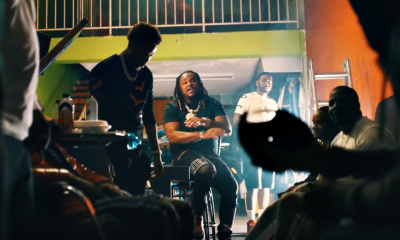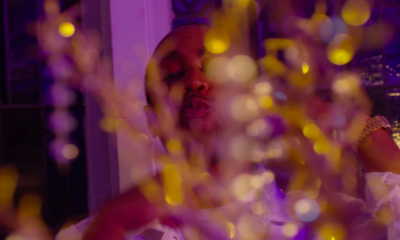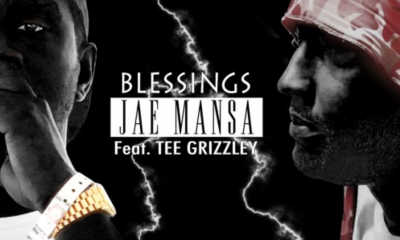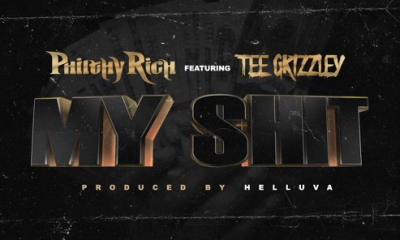Editorials
When Collaborating With Other Artists, Don’t Settle
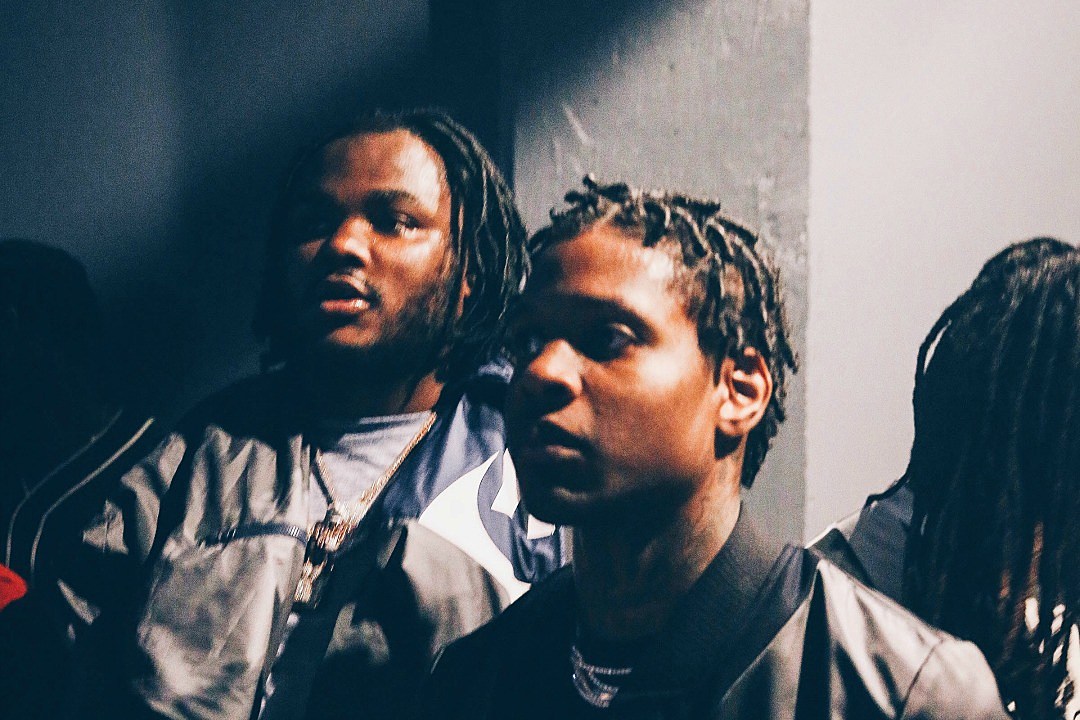
Dick Grayson first suited up as Robin, Boy Wonder in Detective Comics # 38. Batman took the 8-year-old child under his wing, adopting him as a legal ward of the state. The Caped Crusader would morph the child into a valuable asset for the former’s everlasting battle for Gotham’s streets; forging a partnership that has withstood the test of time (the original comic came out in 1940). The relationship — up until Robin chose to become Nightwing — consisted of Batman taking the lead and Robin following accordingly. With Batman in charge, the two-man team soundly defeated ghoulish and criminal entities time and time again.
There was a reason for the duo’s continued success; besides the creativity of the comic’s authors penning the storylines. With the stronger hero and personality in charge, being Batman, Robin followed suit; finding ways to emulate Batman’s success and grow as a hero. This made proceedings fairly predictable but effective. Their track record, nearly unblemished, goes to show that someone taking the lead is much more effective than meeting somewhere in the middle ground.
In rap music, this kind of relationship doesn’t exist. In a genre defined by fake relationships, the concept of fraternalism becomes that much more important. The age-old mantra gifted to the public time and time again is that the industry is fake, rappers are bogus, and relationships are strictly for business purposes. It’s why genuine friendships constructed through industry experiences are celebrated by the media; Drake and Future’s unlikely connection — previously on the outs because of the latter’s comments about being better than the Canadian crooner — was the subject of many memes in its heyday. Kendrick Lamar and J. Cole, two artists of a similar ilk, are known to be close associates. Just recently, Lil Durk and Tee Grizzley publically declared their brotherly love for each other, becoming best friends in the process.
These types of relationships that form inside and outside of rap usually lead back into it in the form of collaborative projects. Friends, eager to celebrate and capitalize from their peers’ successes, hop in the booth together and give fans what they want from both; a best of both worlds collective effort that’ll surely knock the socks off of fans worldwide. Only, in nearly every case so far, results have been lackluster across the board.
Huncho Jack is perhaps the latest example of collaboration albums that stunk. Both artists have collaborated on a number of occasions, most notably on“Pick Up The Phone” from the former’s Birds In The Trap Sing Brian McKnight; Scott also credits Quavo for inspiring the name behind the album. Both have startlingly different recording styles; Scott uses autotune to support his zany rap-singing mix and warbles affectionally over constantly changing production while Quavo is silky smooth, primarily a trap aficionado who can drop a tone or two when necessary. The two’s consummation was heavily anticipated by fans worldwide, finally releasing on Dec. 21. While it does contain some bangers that will carry fans throughout the winter, the general consensus of the tape is that it is a missed opportunity. There’s a little bit of both worlds, but ultimately not enough of either one to be considered memorable.
When multiple star-level forces collide to create music, it often times results in a success — see “biebs in the trap” by Travis Scott and Nav or “Motorsport” by Migos, Cardi B, and Nicki Minaj. On single songs, the primary artist taps the other to meet them at their aesthetic, crafting their vocals to match their song’s intensity and style. The problem arises when artists come together to create a body of work without establishing a lead. A middle meeting ground solves nothing, only complicating the sonic message that both artists are trying to portray.
Drake and Future’s What A Time To Be Alive lacked the staying power to warrant it as anything but a passing fad. Drake’s intimate singing and rapping style contrasted heavily with Future’s more direct, yet spacey, method of warbling. The beat choices used on the project, a jarring mix of both’s preferred styles, only exaggerated this point, leading to some great recordings that followed into questionable ones. “Jumpman” was a rare feat that captured both artists in their best lights, while the following track “Jersey” lacked Drake entirely, presumably because he wouldn’t fit in on the Monster-esque production. On the very next track, “30 for 30 Freestyle,” Drake chimes in for a solemn outing, backed by softly-strung piano keys and muted bass. The contrast between the three tracks highlighted the fact that individually, both artists are amazing, but together, when trying to strike the right mix of both aesthetics, the two suffer considerably.
Perhaps the camaraderie that exists between artists is harder to marriage on wax then they let on to be. This would explain why Kendrick Lamar and J. Cole’s long-rumored project has never come to fruition. Or why artist and producer projects like Gucci Mane’s DropTopWop and Big Sean’s Double or Nothing — both featuring Metro Boomin as the projects’ beatsmith — often fair better critically than two artists collaborative works. Producers cater to the needs of the artist versus finding common ground. The latter would lead to some less than worthy results. Without the proper lead, the arrangements feel empty and barren. By this time next year, neither of these projects will remain remembered.
The enduring success of Batman and Robin as an iconic team, able to defeat nearly any villain in the history of the heroes’ lore, should encourage musicians to rethink their approaches to crafting collaborative projects. Huncho Jack should have been the talk of the town but has already received an alarming dropoff in appreciation so soon after its release because of the two powerhouses being unable to establish whose setting the stage for the other to join. It’s not about showcasing bravado or taking the backseat to the other’s arrangements — it’s about creating something wholesome that will be memorable for fans everywhere.
Editorials
DJ Fresh, The Show Before The Show Has Been Captivating Audiences On Chris Brown Latest Tour

We have covered DJ Fresh before and we must say while he was already accomplished at that point that puts him in the one percentile of disk jockeys worldwide, his latest venture being the tour DJ of Chris Brown’s highly grossing tour this year put him in a position to be labeled as a superstar.
From his mixes to vibrant personality being shown on the mic, Fresh has received critical acclaim and co-signs from artist nationwide for his talents.

He has some major announcements coming soon but we wanted to really show this star some love for all he has accomplished and given to the culture throughout the years. While he might be Fresh in youth physically, he is Fresh in youth mentally and his energy has translated into unforgettable sets which he has received his flowers for.
Follow him on Instagram here.
Editorials
These Are The Secrets To Getting Your Music Posted On Your Favorite Websites

Are you an artist that wants to get your music posted on your favorite websites like 4Shomag, Complex, Pitchfork, MTV, and more? The secrets for how to do so have been revealed.
A writer named Trey Alston, who writes for everyone from Complex to Vulture, has written an e-book with a ton of strategies and tips for how you can get posted on your favorite platforms. He’s taken his experiences from more than 8 years writing about music and put them into a book to help anyone secure the posts that they’ve been looking for for so long.
Check it out at the link if you want to learn more.
Editorials
Bobby Luv of OHB Music Group Takes Young Akron Artist Jaysuavemusic Under His Wing: A Mentorship Journey in the Making
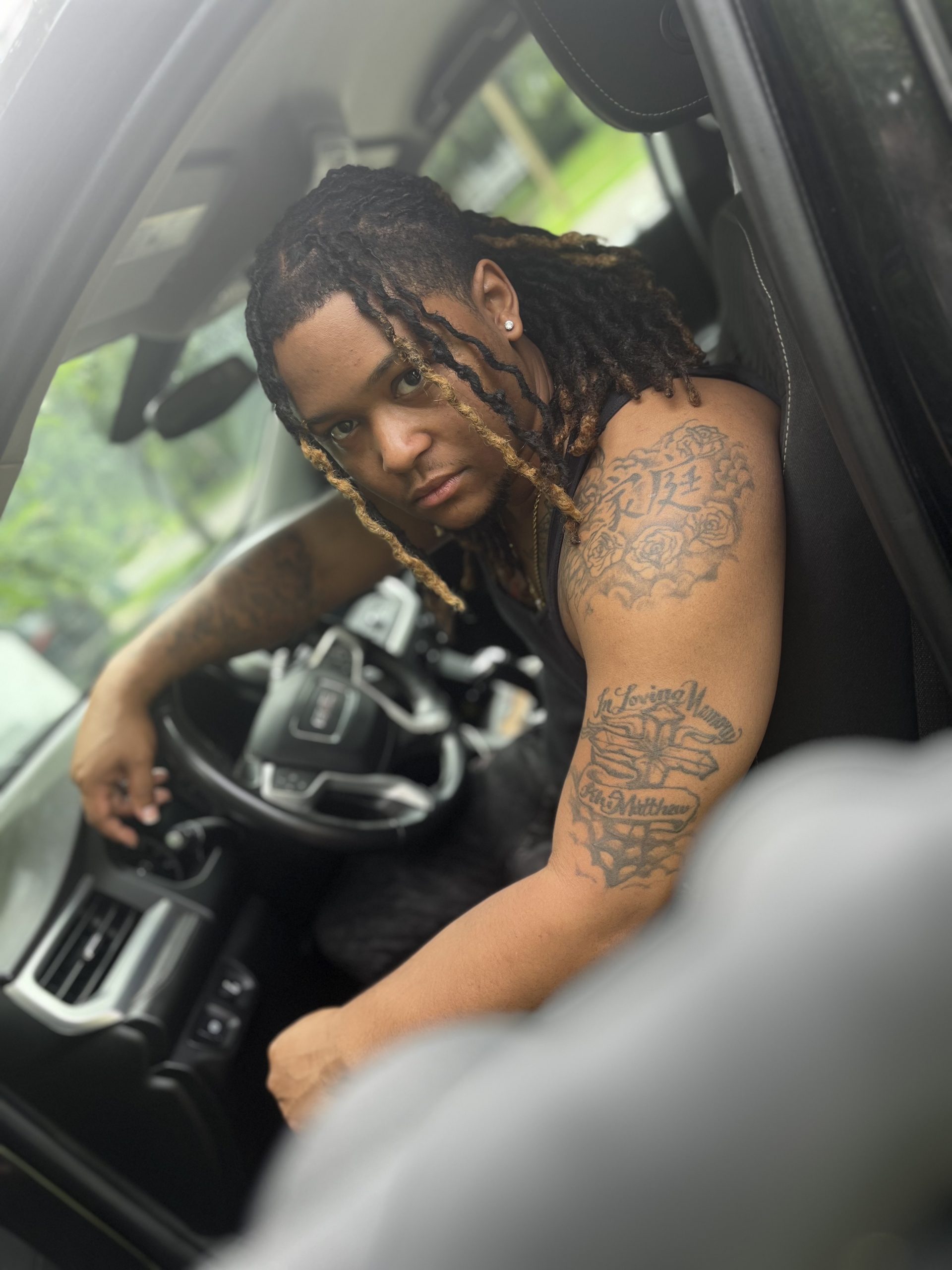
In a dynamic union that is set to redefine the music industry, Bobby Luv of CPT and OHB Music Group has found a budding star in young Akron artist Juston Vetter, known by his stage name Jaysuavemusic. The story of mentorship and collaboration between Bobby Luv and Jaysuavemusic is a testament to the power of recognizing talent and nurturing it to great heights.
The journey of mentorship began when Bobby Luv first discovered Juston’s exceptional talents, particularly showcased in his single “Back It Up.” Bobby Luv, captivated by Juston’s artistry, stepped into the role of a mentor, guiding him through the trials and tribulations that accompany a burgeoning music career. Their bond deepened as Bobby Luv recognized Juston’s potential and took him under his wing.
The initial connection between Bobby Luv and Juston was facilitated through a mutual acquaintance who pointed out Juston’s striking resemblance in style to the renowned artist Chris Brown. This comparison led Bobby Luv to share Juston’s tracks, including “Party Over Here” and “Back It Up,” with Chris Brown himself. Though Chris Brown declined the songs, Juston remained undeterred, continuing to hone his craft and collaborate with Bobby Luv to create new and compelling lyrics.
Bobby Luv’s credentials as an award-winning songwriter, with notable works such as “Posed to Be,” “Questions,” and the recent track “Need a Friend” from Chris Brown’s latest album, positioned him as the perfect mentor for Juston. Their partnership extends beyond music, with Bobby Luv serving as not only a mentor but also a brother figure to the young artist from Akron, Ohio.
With Bobby Luv’s mentorship and guidance, Juston is poised to break barriers in the music industry. The duo is currently collaborating on projects involving Chris Brown and Omarion, showcasing the palpable impact of mentorship and collaboration in the music world.
Bobby Luv’s track record of working with notable artists like Chris Brown, Omarion, T.I., and others, underscores his expertise and influence in the industry. As Bobby Luv imparts his writing and producing skills to Juston, the young artist is primed to make a significant impact in the music scene.
With Bobby Luv’s mentorship and Juston’s unwavering dedication and talent, the sky is the limit for the Akron artist. As they pave the way for future collaborations and groundbreaking projects, Bobby Luv and Jaysuavemusic stand as a formidable duo, ready to leave an indelible mark on the music industry.
-

 Editorials4 days ago
Editorials4 days agoDJ Fresh, The Show Before The Show Has Been Captivating Audiences On Chris Brown Latest Tour
-

 Artist To Watch3 days ago
Artist To Watch3 days agoKerstin And Her Path To Solo Stardom Revealed Through “So Deep”
-

 Artist To Watch3 days ago
Artist To Watch3 days agoStar2 x ChinaTown Runner x LerMuDex Drops “Onna Road”
-

 Uncategorized2 days ago
Uncategorized2 days agoTheyWantNick Reveals New Single This Week
-

 Audio6 hours ago
Audio6 hours agoC Stunna and DJ Drama Unleash ‘Still Stuntin,’ A Star-Studded Gangsta Grillz Mixtape
-

 Artist To Watch1 hour ago
Artist To Watch1 hour agoTwizzyTwitch Drops Fresh Single “GO BABY” ft. RJMrLA and JAG, Sets Stage for Anticipated “TWIN” Project





